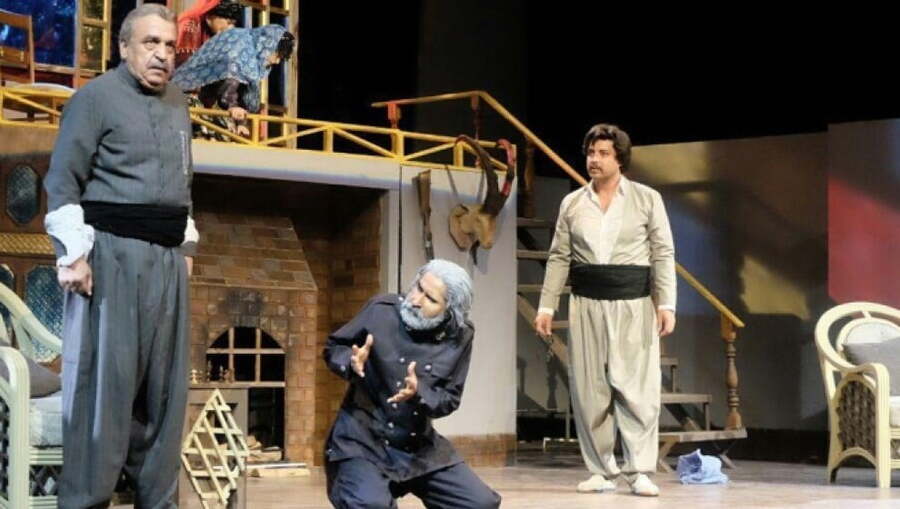Read the first part of this article here
Armenia and Georgia
At a time when the Kurdish elites of the northern part of Kurdistan were forced to go abroad with the establishment of the Republic of Turkey, the Kurds of Soviet Armenia established the world's first and only Kurdish theater with the support of the state. Only with the support of Armenian cultural figures such as Hakob Ghazaryan or Lazo (1864-1929), they were able to help eradicate illiteracy among Soviet Kurds by writing and publishing the first Kurdish ABC book in 1921 ((Boyik, 2004).: 12). Along with Ahmad Miraze (1899-1961) and others, Lazo founded the first Kurdish boarding school in Tbilisi, and Kurdish plays were performed in a collection called Lukashin. The plays performed there included “Zamane Chui” by Miraze, “Gustil” and “Qalan” by Lazo (Boyik, 2004: 1-5). This informal Kurdish theater group performed Kurdish plays to Kurdish residents in Tbilisi and Armenian villages in the late 1920s.

Kurdish alphabet 1921-1928 based on the Armenian zone
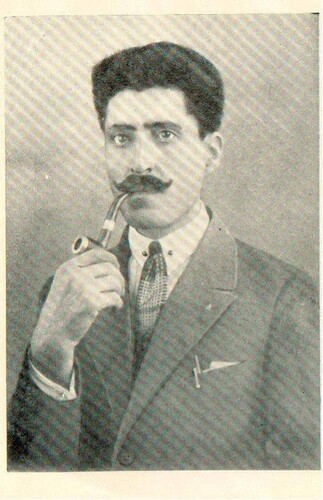
Ahmad Mirzayi
In Armenia, Kurdish plays were first published in the 1930s. These plays on socio-political themes included: Qutiya Du-Darmanan (1934) by Hajibe Jundi (1909-1990), Zamane Chuyi (1935) by Ahmad Miraze, and Rava Zne (1935) by Wazire Nadri (1911-1947). In 1937, the first Kurdish theater was staged in Alagaz sponsored by the state, a village in Armenia originally inhabited by Yezidi Kurds. The theater group was conducted by Kurdish youths from the Alagaz region and directed by two directors, Armenian Tsolak Nikoghossian and Kurdish Jalate Koto. In November 1937, the state Kurdish theater in Alagaz presented its first play, “Creating a Day” by Samson Kazhoyan, a play dedicated to the 20th anniversary of the October Revolution. Kurdish theater had the support of Armenian artists such as playwright Makrtich Canan, director Amo Kharazyan, and playwrights such as Sorn Ginhsyan, Wardges Shogrian, and others. The theater artists educated Kurdish actors who gained great fame over the years by participating in the National Theater Festival in Tbilisi (Boyik, 2004: 103-12).
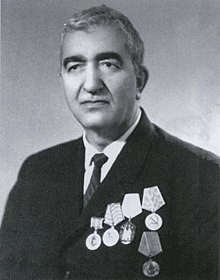
Hajiye Jundi
During its 10 years of activity, the Kurdish theater has presented nearly 30 plays, four of which were written by Kurdish writers: Miraz by Hajie Jundi, Khushka Dokhtrie, and Bira by Jardoye Gano (1904-1945), Lour-de-lur” by Jalale Koto. Kurdish cultural figures who supported Kurdish theater include Amine Avdal (1906-1946), Jasme Jalil (1908-1998), Yousefe Bako (1909-1969), Samand Siabandov (1909-1998), and Miroye Asad (1919-2008) writer and editor-in-chief of the Kurdish newspaper Reya Taze.
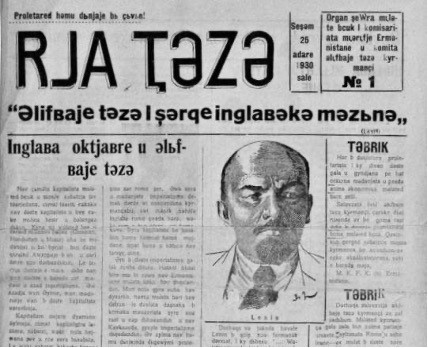
Photo from the primary issue (25) of the newspaper Reya Taze
During World War II, Armenian Kurdish theater produced plays in support of the Soviets that proved the solidarity of Soviet Kurds with the country. Among these patriotic theaters, Armenian playwrights such as Ashon Shaibon, Niri Zarian, and Sorn Ginosyan were famous. For example, "Haso" by Ginosan shows the fate of a young Kurdish couple named Haso and Leila, who were symbols of the patriotism of Soviet youth (Jafarova, 2000: 48). Kurdish theater also presented several famous social realistic plays by Armenian, Georgian, and Azerbaijani playwrights such as “Papo” by Gabriel Sundukian, “Evil Spirit” by Alexander Shervanzadeh, “Sakhra” by Wirtans Papazian, and “Savl” by Jafar Jabarli (Boyik, 2004: 109).
Armenian playwrights also used Kurdish life and folklore in their plays. This is best illustrated by Keça Marake of Ginosian, Ker u Kulk (Kar u Kulk, according to an old Kurdish epic), Jaje Zare u Siaband, Awlede Chiaye Rash, and Merkhase Bajare Jazire. According to Askare Boyik, some of the most everlasting Kurdish plays of Alagaz are "Khaje Zare and Siaband", "Ker and Kulk", and a play based on Mam and Zin by Soghomon Taronts (Boyik, 2004: 108-109).
In 1947, economic problems and the dissolution of the Regional Theater Union put an end to Kurdish theater and other theaters; However, Kurdish theater has not disappeared completely. In 1955, the Kurdish section of Yerevan Hill Radio broadcast its first program focusing on radio song and theater. His first Kurdish radio drama experience was “Golden Flower” written by Amine Avdal, produced in 1957. Although radio was the substitute for physical theatre, several Kurdish writers, such as Askare Buyik (born in 1945) and Azize Gardanzari (born in 1945), wrote the first plays for radio theatre. By broadcasting these plays and songs in Kurdish, Radio Yerevan played an important role in the life and culture of Kurds inside and outside the Soviet Union, especially in the northern part of Kurdistan and Turkey, where the Kurdish language was banned.
In 1980, the Kurdish Theater in Tbilisi was founded by Miraze Uzo Jaafarov (2008-1947) and formed the first Kurdish theater group in Georgia, which was implemented at a time when the Georgian Communist Party adopted a policy of tolerance towards minorities. Askare Boyik's comedy, "Sanjo Qiza Khoe Dde Mer", presented in April 1980, was the beginning of Kurdish theater in Georgia. Later, "Jiran", based on a play by Georgy Khogaev and "Khaje Zare and Siabando" by Hayek Bayleryan, was translated into Kurdish by Tosni Rashid (born in 1941). Rashid's book "Siaband and Khaje" was published in 1988 in Stockholm by Roja Nu publishing house.
“Khasu” (Mother-in-law), an excerpt from a play by Azerbaijani playwright Mahdi Shamkhalov, became the most popular Kurdish theater play. The play, directed by Miraze Uzo, was awarded at two Soviet festivals and performed in Armenia in 1983, Kazakhstan in 1987, Russia in 1988 and 1990, France in 1991, and Syria in 1992. Jafarova says that after this success, he was given the title of “mass theatre” (Jafarova, 2000: 1-50).
The resume of Kurdish theater in Tbilisi includes several plays, including “Until the Ox Cart Turns” by Utia Isuliani, “From Three to Six” by Alexander Chkhaidze, “Twenty Seconds with an Angel” by Alexander Vampilov, and “My House is not yours” by Zhirir Ananian, “The Tree Branch” by Yuri Wizbur, and “The Foreign Zoma” by Ashut Papayan (Jafarofa, 2000: 52).
In 1990, "Zarina Chia" written by Azize Gardan Zari, was presented by the Kurdish Theater of Tbilisi, directed by Miraze Ozo, as a historical drama about the migration of Ottoman Yezidi Kurds to the Caucasus during World War I. This play has been recorded by the Kurdish Institute of Paris (supervised by Kendal Nazan) along with the plays “Jiran”, “Sanjo Qiza Khwa Dde Mer”, “Siaband and Khaje”, “Mala Man Mala Te Ye” and “Khasu”. The Kurdish theater in Tbilisi was closed after the collapse of the Soviet Union.
The Kurdish Theater of Tbilisi was able to resume its activities in 1998 with the financial assistance of the Georgian state. Meanwhile, in Moscow, Shaliko Bekas (born in 1956), an expert in the Tbilisi theater, tried to organize a theater movement. Between 1994 and 1996, several plays were written and performed, but it was in 2007 that he officially announced the establishment of Media Theatre. Bekas Theater Group participated in Moscow and Amed festivals with great success. In recent years, a number of the group's plays, such as the two-actor comedy "Kurd and Tutu" (2012), which shows the arrival of foreigners in the Soviet Union and their admiration for stateless Kurds, have been restaged by Kurdish theater groups of Turkey.
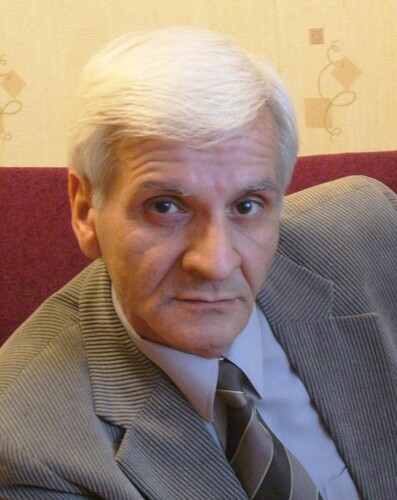
Shaliko Bekas

